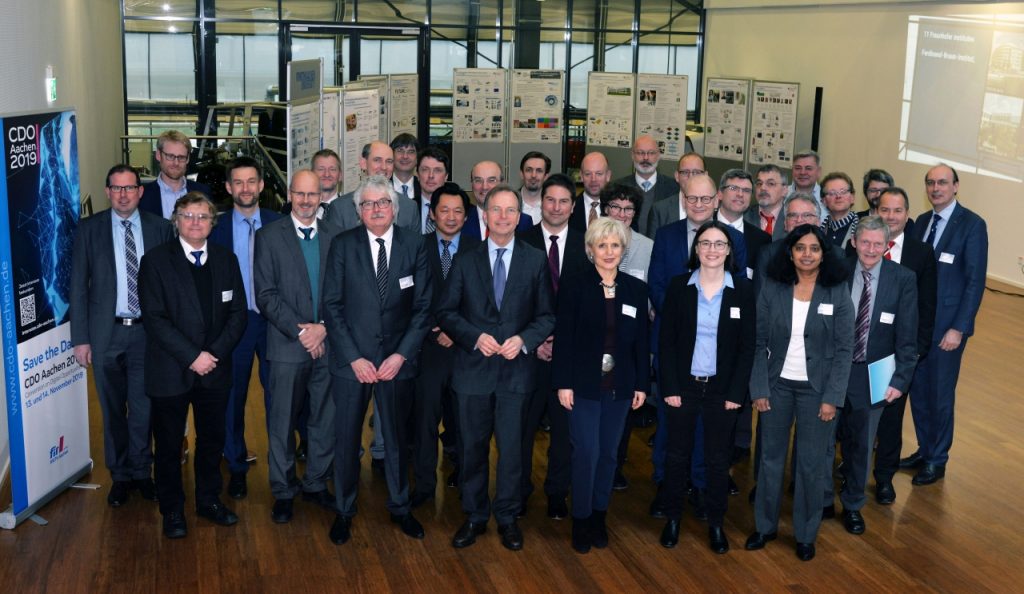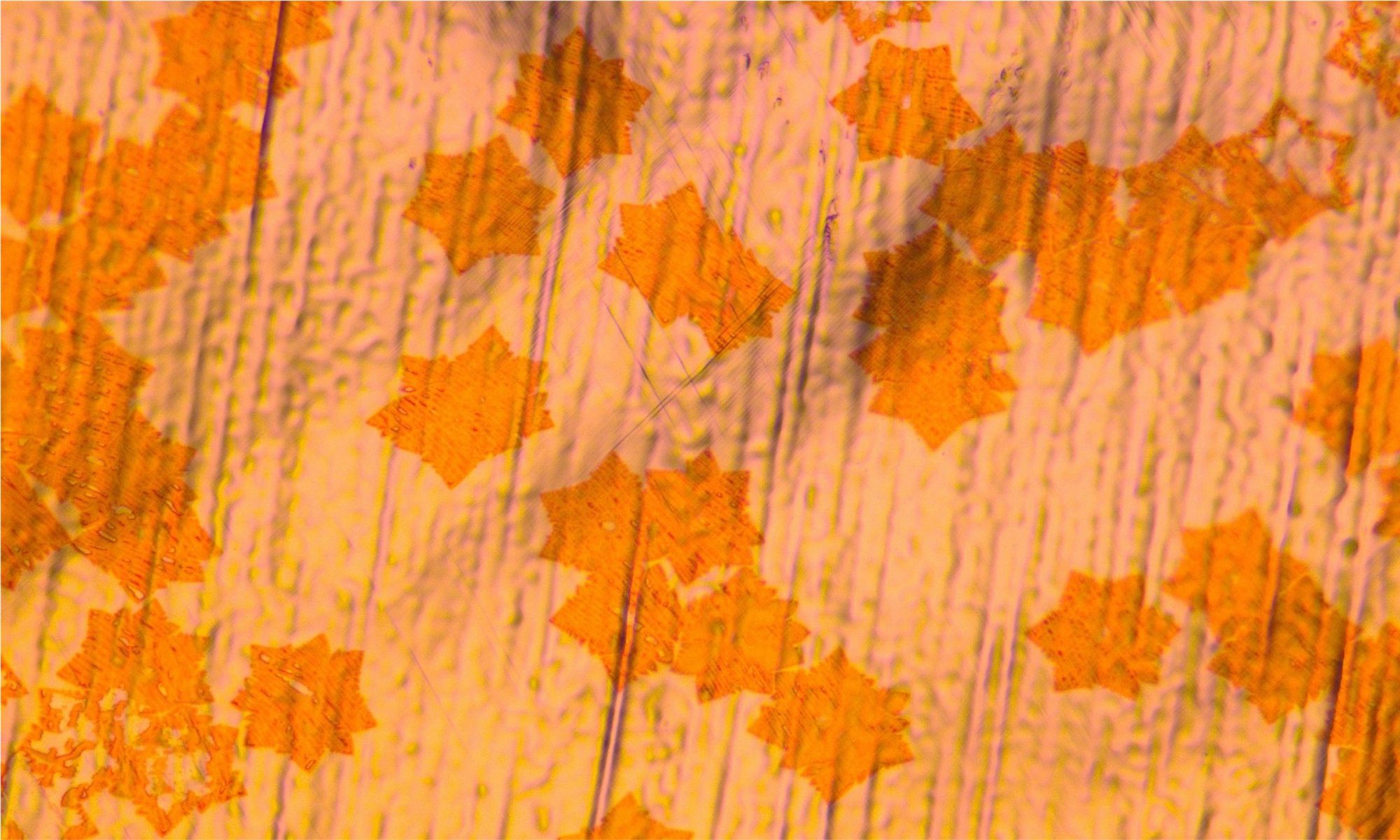Universities are important drivers of innovation in the research-intensive microelectronics sector. For this reason, the Federal Ministry for Education and Research (BMBF) now provides substantial funding to establish research labs at universities in the field of micro- and nanoelectronics.

At a kick-off event at RWTH Aachen university, State Secretary for Research Thomas Rachel officially launched twelve microelectronics research labs in Germany, including the Aachen research lab “2D-ForMe.”
( Photographer Andreas Schmitter)
The labs are equipped with state-of-the art devices and facilities worth 50 million euros. Among the institutions to receive funding is located at RWTH Aachen University.
The project, which involves ten RWTH departments and receives funding in the amount of 9.3 million euros, is coordinated by Professor Wilfried Mokwa for the Lab Center for Micro and Nanotechnology at the RWTH Faculty of Electrical Engineering and Information Technology.
A Strong Technology Base
The joint opening of the twelve new research labs took place on February 5 in Aachen. State Secretary Rachel, MP, highlighted the significance of the new research labs as innovation drivers and thus as investments into the future:
“We want to continue to lead self-determined lives in a rapidly changing world. To this end, we in Germany and in Europe need to have a strong technology base. Germany’s new Microelectronic Research Labs will provide important contributions in this endeavor. The labs will develop the electronics of tomorrow and prepare them for use in applications, so that new ideas and knowledge find their way into our everyday lives.”
Thomas Rachel
Speakers at the event included Professor Thomas Mikolajick, TU Dresden, who coordinates the German Microelectronics Research Labs project; Dr. Bernd Schulte, member of the board of AIXTRON SE; and Dr. Beate Wieland, head of the research division at the NRW Ministry of Culture and Science.
RWTH rector Ulrich Rüdiger underlined the significance of the new “Aachen Microelectronics Research Lab for 2D Electronics” for RWTH: “This targeted investment will make it possible to conduct microelectronics research in Aachen at an internationally leading level, in a lab that is well positioned to face future challenges.”
„This is an extremely valuably investment also for the researchers in the Aachen Graphene & 2D Materials Center“ adds Prof. Max Lemme, RWTH Chair of Electronic Devices and Director of AMO GmbH. „The new lab expands the impact and opportunities of the research at Aachen, because the new infrastructure is compatible with 200mm wafer scale and allows us to connect better with industry.“
Applications in Micro- and Nanosensor Technology
The key research area of the Aachen project will be two-dimensional materials and their applications in microelectronics as well as in micro- and nanosensor technology. These materials are highly promising due to their special electrical, mechanical, and chemical properties. They form the basis for components with new functionalities for advanced applications in sensor and actuator technology as well as in nanoelectronics.
Furthermore, these materials are expected to be instrumental in driving the further miniaturization and increasing the performance of components and systems.
The Aachen Graphene & 2D Materials Center, which was established in 2017, brings together several working groups in the areas of physics, materials science, and electrical engineering to conduct interdisciplinary research on 2D materials. The Center will particularly benefit from the activities of the new Microelectronics Research Lab for 2D Electronics.
Editorial: Presse und Kommunikation of RWTH Aachen University
